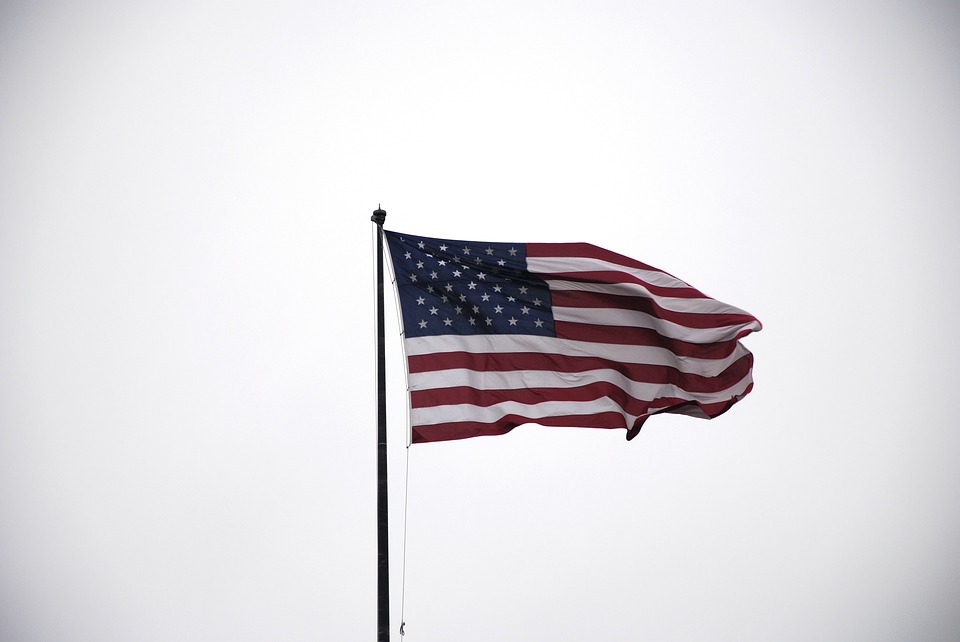
WASHINGTON — Under President Barack Obama and a GOP-controlled Congress, Capitol Hill Democrats had to scratch and claw for months to get tiny increases for domestic programs — or just hold them level.
The $1.3 trillion government-wide funding bill signed by President Donald Trump on Friday gave them almost everything they wanted.
Big fights in 2016 over $1.1 billion emergency funding to battle the Zika virus or $170 million to deal with Flint, Michigan’s lead-poisoned water look pretty silly in retrospect.
Then, just keeping programs like Head Start, child care grants, and heating subsidies for the poor funded at prior-year levels required months-long battles — backstopped by Obama veto threats.
“You had to fight for every dollar,” said the senior Democrat on the Appropriations Committee, Vermont Sen. Patrick Leahy.
The times certainly have changed. Democrats have gone from battling for every scrap to reaping a full-course meal under Trump.
In the spending bill that rapidly passed last week, so-called TIGER grants — a transportation projects grant program created by Obama’s much-maligned 2009 economic stimulus bill — were tripled from $500 million to $1.5 billion. Grants for child care programs got a $2.4 billion increase that almost doubled the size of the program. Mass transit funding got a $1.1 billion increase, while Army Corps of Engineers water and flood control projects received a $789 million, 13 per cent increase. There’s a more than $2 billion increase in spending for federal student aid and other higher education programs.
Trump said on Twitter that he had to “waste money on Dem giveaways” to get what he wanted on defence.
“Waste money on Dem giveaways’? Would he call funding our heroic veterans ‘Dem giveaways’? Affordable childcare for hardworking middle-class families? Life-saving medical research, which creates jobs? The integrity of America’s elections?” said House Minority Leader Nancy Pelosi, D-Calif.
The increases for non-defence programs — $52 billion more than current levels, or 10 per cent — not only erased the automatic spending cuts known as sequestration but smashed through a more generous set of budget “caps” originally set under the 2011 budget pact.
Trump admitted on Friday that Democrats had him over a barrel.
“There are a lot of things that we shouldn’t have had in this bill, but we were, in a sense, forced — if we want to build our military — we were forced to have,” Trump said Friday afternoon in a White House event after he signed the bill.
For Republicans, the months-long showdown over the budget played out in slow motion. All along, GOP leaders were confronted by demands from Republican defence hawks for huge increases in defence spending. Since Republicans needed Democratic votes to pass any spending bill, top Democratic leaders like House Minority Leader Nancy Pelosi and Senate Minority Leader Chuck Schumer were able to demand comparable increases for domestic programs.
“It’s more a story about pressures on defence spending,” said Rohit Kumar, a former top aide to Senate Majority Leader Mitch McConnell, R-Ky. “That then, in turn, gave leverage to House and Senate Democrats who used it to their maximum ability.”
The seeds of the budget-busting measure were sown seven years ago after enactment of a hard-fought budget and debt deal between Obama and Republicans. In those talks, then-Speaker John Boehner had laid down an edict that any increase in the national debt be matched by equal cuts to spending and the deficit.
After an attempt by Boehner and Obama in the summer of 2011 to forge a “grand bargain” on the budget failed, under-the-gun negotiators devised a plan to establish a budget “supercommittee” to come up with an alternative. But when the supercommittee failed, big automatic spending cuts known as sequestration took effect.
Those cuts set the precedent that any spending relief would be equally split between defence and nondefense programs. Another agreement for 2017 only deepened the impact of this year’s automatic cuts.
With defence programs facing a freeze but lacking leverage over Democrats, the bidding began. In the end, a bipartisan budget pact sealed last month set up a two-year framework to break the caps again, for 2018 and 2019. The 2,000 page-plus catchall spending bill signed by Trump on Friday filled in the details.
“We are growing the size of government at a break-neck pace,” said conservative Rep. Mark Meadows, R-N.C. “This is not the limited government conservatism our voters demand.”